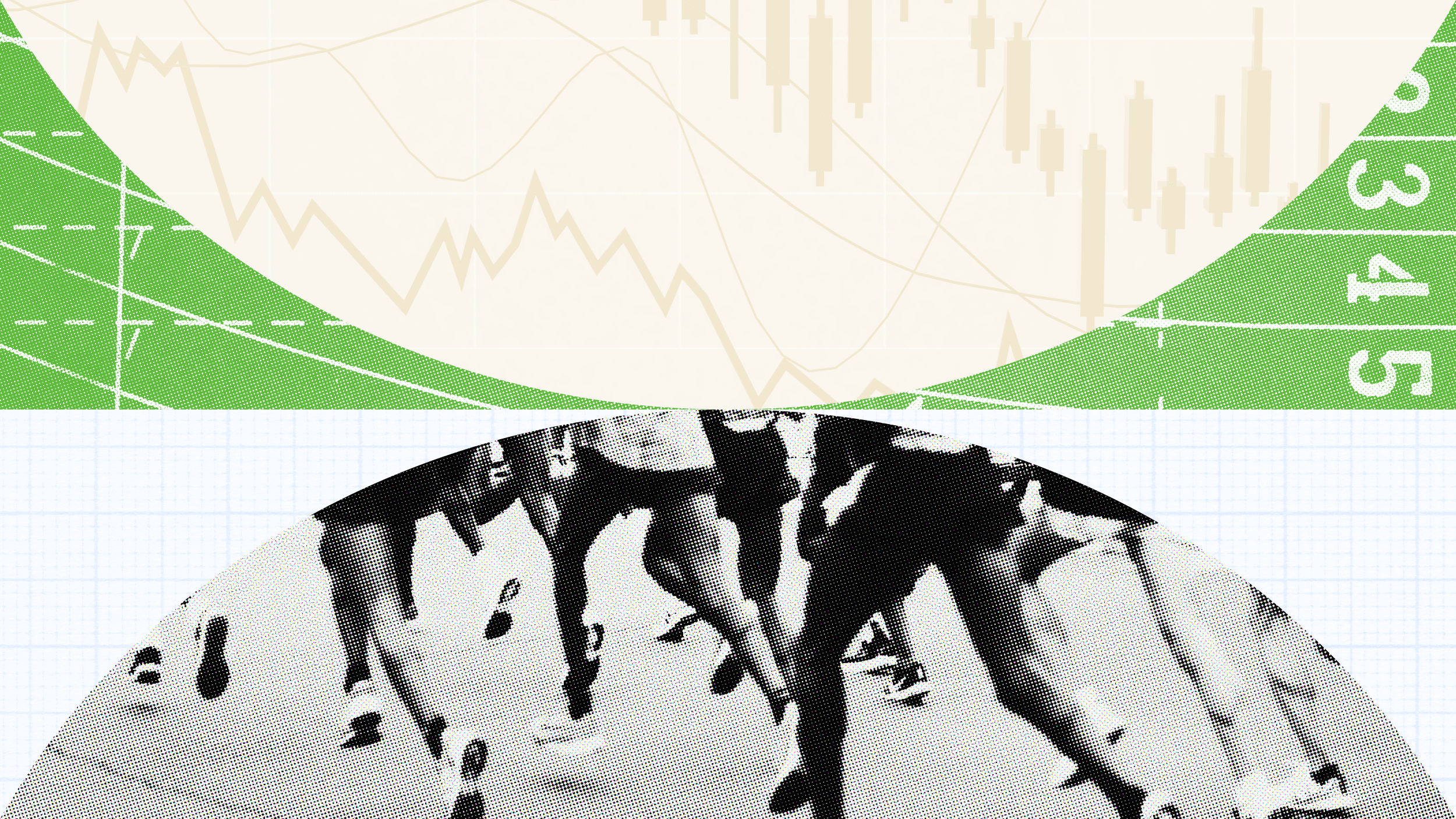Can We Still Afford Higher Education?

This discussion must start by distinguishing between the cost and price of college.
Costs per student, in terms of real (inflation-adjusted) resources spent, have actually increased very little in the last 25 years, at least in public colleges and universities. Prices, however, have climbed at rates well in excess of general inflation rates orrates of growth in average family incomes, largely because state support for publichigher education has declined.
Indeed, the withdrawal of state support, which has been driven by tax resistance and the press of other demands on state budgets, has been the major factor behindthe real growth of tuition prices, a factor that seems to be little understood by students, the public, and even many policy-makers.
We also need to ask whether the cost or price of college needs to be so high. I don’t think that good quality higher education is ever going to be cheap to provide. The basic inputs—highly educated instructors, technology, laboratories, for example—are expensive for good economic reasons.
Yet institutional leaders are increasingly aware that public subsidies are unlikely toreturn to prior levels, so there is impetus to find efficiencies that have not been seenin the past. As a result, I believe that the mindset in higher education is definitelychanging. I think that per-student costs may not increase (or may even decrease) inreal terms, but prices unfortunately will not—especially if states continue to balancetheir budgets essentially by allowing tuition to rise.
Things should get a bit better for a while if economic recovery continues and re-inflates state budgets somewhat. Many state leaders seem to recognize that theyhave cut higher education pretty severely and that raising tuition so sharply has asocial cost. Some states have tried to mitigate tuition increases for the financiallyneedy by boosting state-funded, need-based financial aid to students.
That said, private nonprofit colleges that are not highly distinctive and attractivecould be threatened, because they lack much public subsidy and, generally, anysubstantial endowment. Since they have to charge close to full cost, they may loseground to still-subsidized public institutions, as well as to for-profit institutions, some of which focus mostly on bringing in federally aided students and not much ontheir learning or completion of degree requirements.
In my view, non-elite public colleges and universities—the “state colleges” andcommunity colleges—are a critical part of the country’s capacity to educate more of its people. And, with the right public policies, I believe that private colleges anduniversities could help, too.
The backdrop for this entire issue is the benefit of a college education. And here theevidence is nearly overwhelming that college is more critical than ever for upward social and economic mobility. Just as significantly, the American public believes this.
Unfortunately, though, the long recent period of economic stagnation hastemporarily obscured the economic benefits of college because recent college graduates face higher un- and underemployment rates than usual. Still, theserates are far lower than for those with less education. And graduates’ job market difficulties will recede as the economy improves. There is every reason to believe that in the longer run the knowledge-based modern economy will increasingly reward those who develop their “human capital” while punishing those who do not.
Turning to the social aspects, it’s important to note that financial aid for students has actually grown sharply in recent years, particularly Federal Pell grants and low-interest loans.
But, sadly, many needy students and families (whose numbers are increasing in our bifurcated income distribution) do not find the complicated student aid application process to be understandable and accessible.
This complexity may affect their thinking at an early point, so that students beginning in middle school start to mentally “check out” on their school studies, thinking that there is no future in it for them. This, in turn, likely contributes to thehigh school dropout rate and high rate of students entering broad access institutions (community colleges and less selective baccalaureate schools) that require costly remedial courses to be ready for college. And this pattern then depresses college completion rates.
Our country certainly needs to address this problem of perception of college as unaffordable because, increasingly, the young population will consist of people from modest financial circumstances, often members of ethnic minority groups, whose parents have not been to college and do not understand the requisites of preparation and financial aid.
The widening gap between college graduates and others is quite clear in the data, and it’s been evident for a long time. In my opinion, this gap is unlikely to shrink, given the nature of the modern economy.
The tragedy is that we’ve failed to close the gap when it comes to college access—and particularly the gap when it comes to completing college. Poor K–12 preparation, largely related to embedded social inequities, has a lot to do with this; but problems with affordability (prices net of aid in relation to incomes), as well as perceptions about this, also play an important role.
A central point here is that not everyone needs a four-year baccalaureate degree.
There are plenty of decent-paying jobs for people with certain kinds of associate (two-year) degrees and vocational certificates. These can be acquired in increasingly diverse ways, but it’s important for students to assess the credibilityof online offerings and those of certain for-profit institutions that may or may nothave credible accreditation and good track records of graduating their students andplacing them in relevant jobs.
Innovation in postsecondary education and training is desirable, but that also implies that government must be more vigilant in monitoring results and protecting consumers, especially those who are not likely to be knowledgeable enough to knowhow to protect their own interests.
Looking ahead, I believe that one of the most important public policy challenges over the next decade will be trying to figure out the best ways to prepare our young population for the complex and competitive future that awaits our nation. This will be a tough, but necessary, job.
Editor’s Note: This article is part of a publication by the Evans School of Public Affairs at the University of Washington entitled “Making a World of Difference in a Very Different World.”





